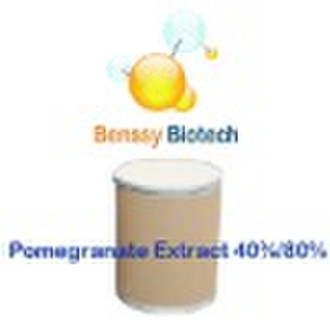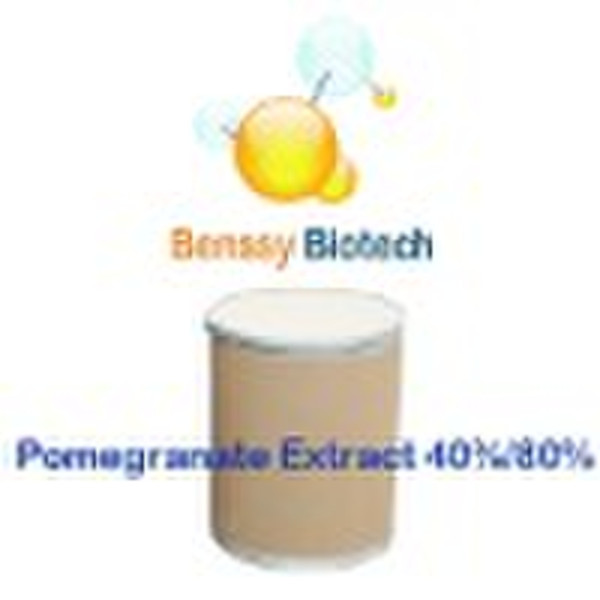Catalog
-
Catalog
- Agriculture
- Apparel
- Automobiles & Motorcycles
- Beauty & Personal Care
- Business Services
- Chemicals
- Construction & Real Estate
- Consumer Electronics
- Electrical Equipment & Supplies
- Electronic Components & Supplies
- Energy
- Environment
- Excess Inventory
- Fashion Accessories
- Food & Beverage
- Furniture
- Gifts & Crafts
- Hardware
- Health & Medical
- Home & Garden
- Home Appliances
- Lights & Lighting
- Luggage, Bags & Cases
- Machinery, Hardware & Tools
- Measurement & Analysis Instruments
- Mechanical Parts & Fabrication Services
- Minerals & Metallurgy
- Office & School Supplies
- Packaging & Printing
- Rubber & Plastics
- Security & Protection
- Service Equipment
- Shoes & Accessories
- Sports & Entertainment
- Telecommunications
- Textiles & Leather Products
- Timepieces, Jewelry, Eyewear
- Tools
- Toys & Hobbies
- Transportation
Filters
Search

Pomegranate extract 40%/80%

Alex Chen
Contact person
Basic Information
| Place of Origin | China (Mainland) |
|---|---|
| Function | Anti-Aging |
| Dosage Form | Powder |
Pomegranate extract is primarily composed of alkaloids and polyphenols. The active constituent that appears to be responsible for its multiple health benefits is Ellagic acid.Ellagic acid is a naturally occurring phenolic compound found in several fruits and nuts. Pomegranate extract has demonstrated a variety of beneficial functions including antioxidant and anti-viral activity. In 1996, a Nottingham, PA University research team learned that pomegranate extract could destroy several viruses nearly on contact. The discovery of this anti-viral activity instigated further experimentation and clinical trials. One study confirmed that Ellagic acid effectively protects cells from damaging free radicals. Additional phenolic compounds found in pomegranate known as anthocynadins (also well known scavengers of free radicals) combine synergistically with Ellagic acid to greatly augment pomegranate's potency as an antioxidant.Of great importance is the pomegranate extracts potential use as a chemo-preventive agent. Initial experimentation by Stoner and Mukhtar showed that Ellagic acid decreased the number of chemically induced lung tumors by 44-75%. Mukhtar further illustrated that topical application of Ellagic acid provided protection against chemically induced skin tumors.Ellagic acid has several mechanisms of actions by which it exhibits its chemo-preventive properties. Research by Barch et al. Demonstrated that Ellagic acid could actually bind to DNA, thus preventing its carcinogenic alteration. Additionally, Ellagic acid has been shown to induce the production of phase 11 detoxification enzymes through its manipulation of gene expression. With an increased concentration of these enzymes, various tissues ability to detoxify harmful compounds is augmented. Finally, Ellagic acid was found to be a potent inhibitor of tyrosine protein kinase, a molecule whose activity has been associated with the ability of certain viruses to transform normal cells into cancerous cells.
Delivery terms and packaging
Port: Shanghai
Payment term
Documents Against Payment
Letter of credit
Telegraphic transfer
-
Payment Methods
We accept:








